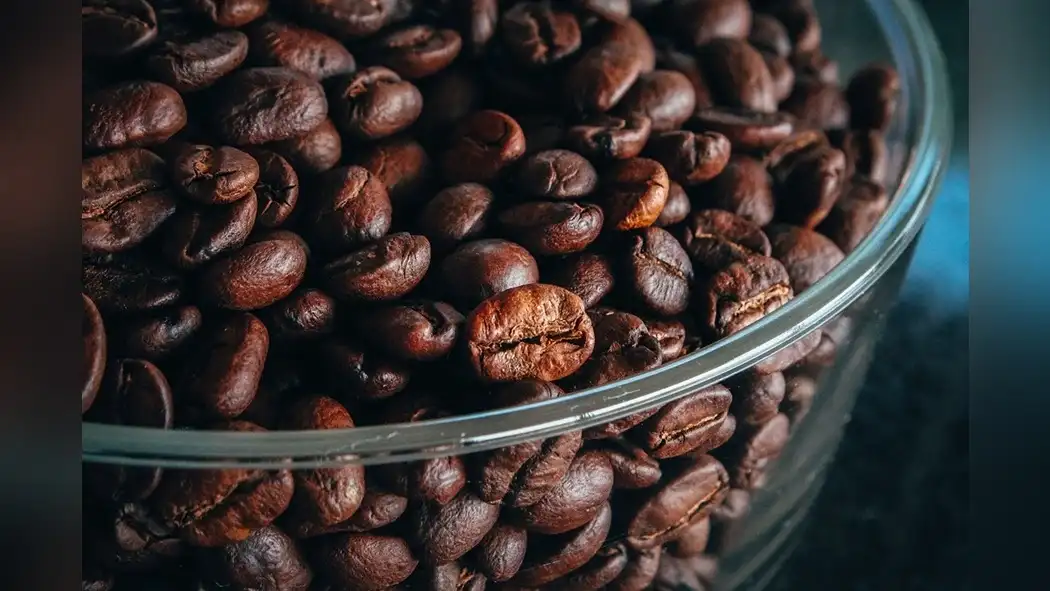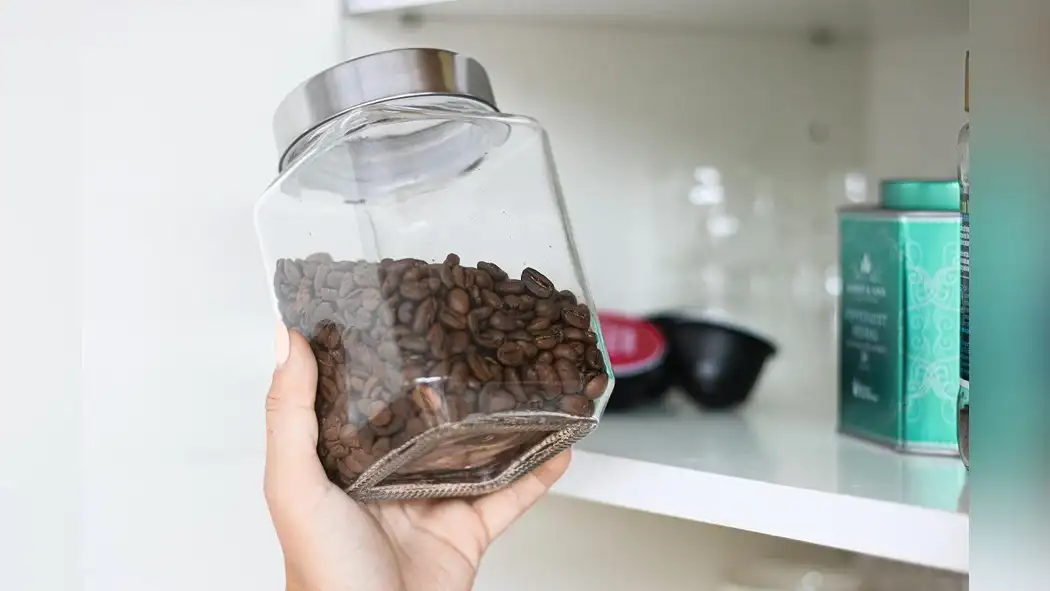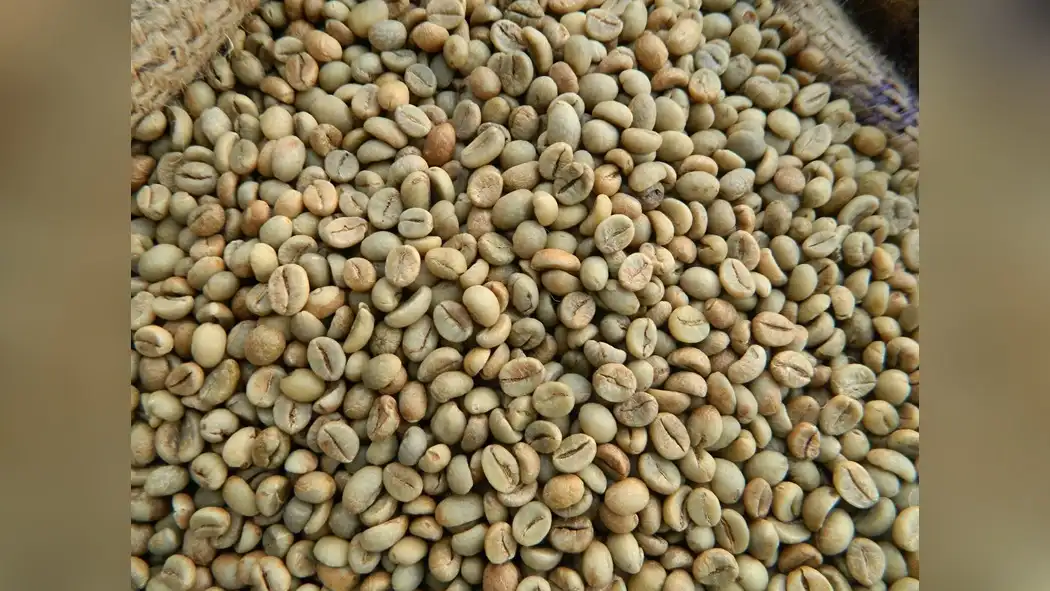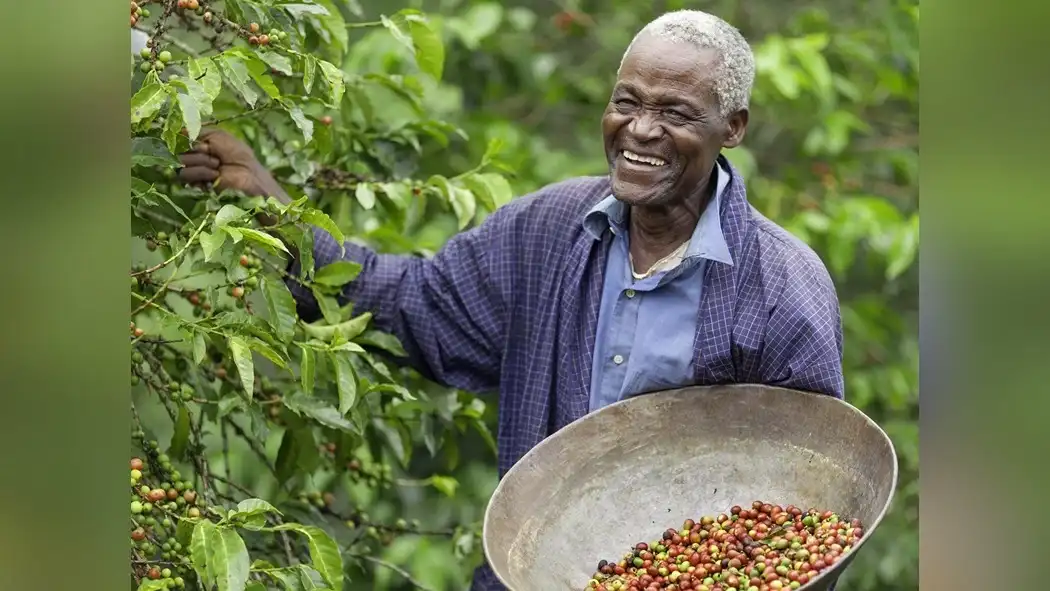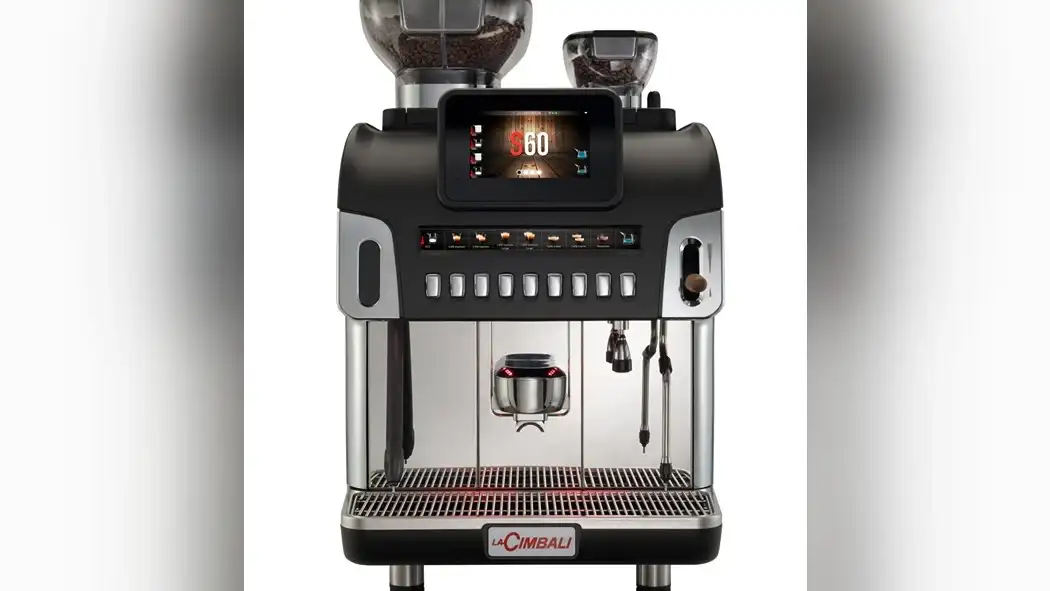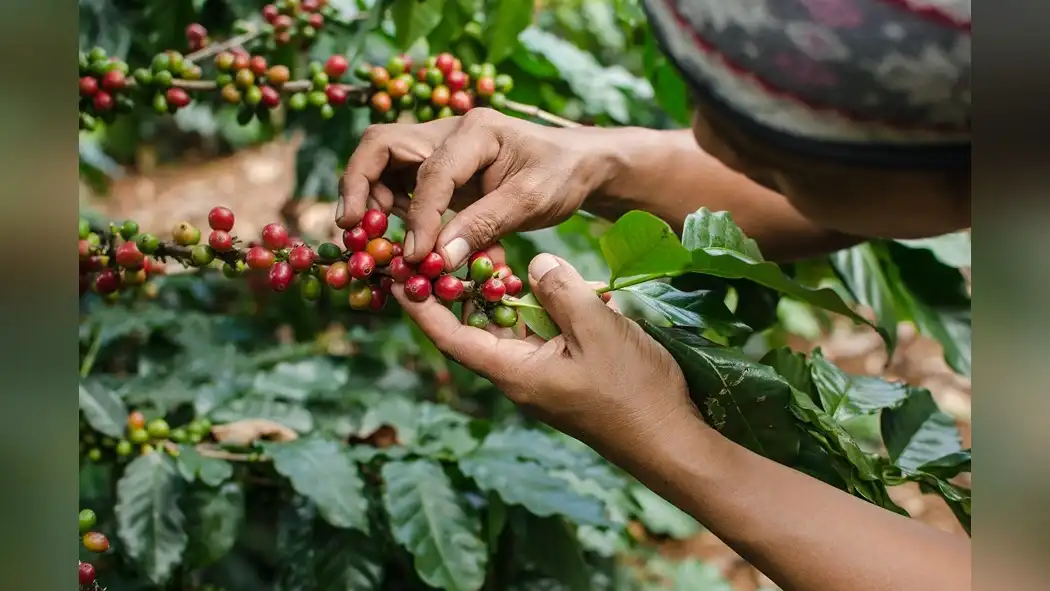Are you familiar with the rich aroma and bold flavor of a freshly brewed cup of robusta coffee? It's a delightful experience, but did you know that the quality of your coffee can be impacted by defects in the beans?
In this guide, you'll learn how to identify and remedy robusta coffee bean defects. We'll explore common issues, techniques for visual inspection, and the impact of defects on flavor.
You'll also discover effective methods for sorting and processing to ensure the highest quality beans. By the end, you'll be equipped with the knowledge to maintain the excellence of your robusta coffee beans and enhance your coffee brewing experience.
Common Defects in Robusta Beans
You should familiarize yourself with the common defects found in Robusta beans before attempting to remedy them. Identifying methods for these defects is crucial for quality improvement in Robusta coffee production.
One common defect is the presence of black or brown beans, which can be caused by fungal infestations or overripe cherries. Another issue is the occurrence of sour or fermented beans, often resulting from improper fermentation or storage. Additionally, you may encounter insect-damaged beans, identifiable by small holes or tunneling marks. Defective Robusta beans may also exhibit an uneven size, which could be due to inconsistent drying processes.
To address these defects and improve the overall quality of Robusta beans, it's essential to employ effective sorting techniques, such as hand sorting or using specialized machinery. By meticulously examining the beans and removing any defective ones, you can elevate the standard of the coffee beans.
Furthermore, implementing proper post-harvest practices, including thorough drying and storage protocols, is vital for preventing defects in Robusta beans. Understanding these common defects and utilizing appropriate identification methods is pivotal in enhancing the quality of Robusta coffee.
Identifying Defects Through Visual Inspection
Using a magnifying glass, carefully inspect each Robusta coffee bean for visual defects such as discoloration, mold, or insect damage. Visual inspection is crucial in identifying defects that affect the quality of the beans.
Look for any signs of discoloration, which can indicate the presence of mold or fungal damage. Additionally, examine the surface of the beans for any irregularities or holes that could be attributed to insect damage. By recognizing these defects early on, you can take preventive measures to maintain the quality of the beans and prevent further damage.
Visual inspection plays a vital role in defect recognition and quality control. It allows you to sort out the defective beans from the good ones, ensuring that only the highest quality beans are processed and marketed.
Implementing rigorous visual inspection as part of your quality control measures can significantly contribute to defect prevention and overall product excellence.
Understanding the Impact of Defects on Flavor
When defects are present in Robusta coffee beans, they can significantly alter the flavor profile of the coffee. Understanding how defects impact flavor is crucial for ensuring the quality and consistency of the final product.
Defects Alter Coffee Flavor
Understanding how defects alter the flavor of coffee is crucial for ensuring the quality of the final product. When defects impact the aroma of coffee, it can lead to off-putting scents such as moldy, fermented, or musty odors, affecting the overall sensory experience.
Defects also significantly influence taste profiles, causing undesirable flavors like sourness, bitterness, or a lack of sweetness, which can greatly diminish the enjoyment of the coffee.
Moreover, defects in espresso brewing can result in inconsistent extraction, leading to imbalanced and unappealing espresso shots.
Impact of Defects
Defects in coffee beans can significantly alter the flavor, impacting the aroma and taste of the final brew. Understanding the impact of defects is crucial for ensuring quality control in coffee production.
For instance, the presence of defects such as mold, fermentation, or insect damage can lead to off-flavors in the coffee. Moldy beans can result in musty or earthy tastes, while fermented beans may produce sour or vinegary notes. Insect-damaged beans can introduce a range of undesirable flavors, including bitterness and astringency.
Remedying Defects Through Sorting and Processing
By carefully sorting and processing Robusta coffee beans, you can effectively remedy defects and ensure high quality in the final product. The following sorting techniques and processing methods are crucial for addressing defects and enhancing the overall quality of Robusta coffee beans:
- Sorting Techniques
- Utilize gravity tables: Gravity tables separate beans based on density, allowing defective beans to be removed efficiently.
- Implement color sorting machines: These machines use advanced technology to detect and remove discolored or damaged beans, ensuring that only high-quality beans proceed to the next stage.
- Hand sorting: Despite being labor-intensive, hand sorting remains a valuable technique for identifying and removing defects such as insect-damaged or malformed beans.
Employing these sorting techniques enables you to eliminate defective beans and preserve the integrity of the final product.
Additionally, proper processing methods, such as roasting at optimal temperatures and durations, contribute to remedying defects and enhancing the flavor profile of Robusta coffee beans. By integrating these strategies into your coffee bean processing, you can consistently deliver a superior and defect-free product to consumers.
Utilizing Technology for Defect Detection
You can leverage Automated Defect Recognition Systems to streamline the identification of defects in Robusta coffee beans.
Sensor-Based Quality Assessment offers a non-invasive and efficient method for detecting defects based on various quality parameters.
Additionally, Technology-Enhanced Sorting Processes can help you automate the removal of defective beans, ensuring a higher quality end product.
Automated Defect Recognition Systems
Utilize advanced technology to automate the recognition of defects in Robusta coffee beans for more efficient and accurate defect detection.
Automated sorting systems are equipped with high-resolution cameras and sophisticated imaging software to quickly identify and segregate defective beans from the good ones. These systems use advanced algorithms for defect analysis, distinguishing between various types of defects such as mold, insect damage, or discoloration.
By automating this process, the need for manual inspection is significantly reduced, saving time and labor costs while improving accuracy.
Additionally, these systems can be programmed to sort beans based on multiple parameters simultaneously, allowing for a more comprehensive and precise sorting process.
Sensor-Based Quality Assessment
Automated sorting systems equipped with high-resolution cameras and sophisticated imaging software have revolutionized defect detection in Robusta coffee beans.
Now, sensor-based technology offers even greater precision and efficiency.
Sensor-based detection involves the use of advanced sensors to detect and analyze various characteristics of coffee beans, such as color, size, shape, and density.
These sensors can identify defects with high accuracy, leading to significant improvements in the overall quality of the coffee beans.
By utilizing this technology, coffee producers can effectively remove defective beans, ensuring a higher standard of quality in the final product.
Additionally, sensor-based detection allows for real-time monitoring and adjustments, resulting in more efficient and cost-effective quality control processes.
Technology-Enhanced Sorting Processes
Enhancing sorting processes through technology involves leveraging advanced sensors to detect and analyze various characteristics of coffee beans, such as color, size, shape, and density, thereby improving defect detection and quality control.
This automated sorting process enables efficient separation of defective beans from the good ones, enhancing the overall quality of the coffee. The integration of machine learning algorithms allows the system to continuously learn and adapt to new defects, enhancing its accuracy over time.
This technology also provides real-time data analysis, allowing for immediate adjustments in the sorting process. Additionally, it significantly reduces the need for manual labor, leading to cost savings and increased productivity.
Best Practices for Preventing Defects
To prevent defects in Robusta coffee beans, you should consistently monitor and maintain proper harvesting and processing conditions. Preventing contamination is crucial in ensuring the quality improvement of Robusta coffee beans. This involves implementing strict hygiene practices throughout the entire production process. Regular cleaning and maintenance of equipment, storage facilities, and processing areas are essential to prevent the introduction of contaminants. Additionally, it's important to establish clear protocols for handling and transporting the beans to minimize the risk of exposure to potential contaminants.
Furthermore, maintaining optimal harvesting conditions is essential for preventing defects in Robusta coffee beans. This includes ensuring that the beans are harvested at the right level of ripeness and using appropriate harvesting methods to avoid damage to the beans. Adequate drying and storage facilities should be in place to prevent the development of mold and other defects during the post-harvest phase.
Quality Control and Assurance Processes
When implementing quality control and assurance processes for Robusta coffee beans, it's essential to establish rigorous monitoring at every stage of production. This ensures that the beans meet the highest quality standards and helps in defect prevention.
Here are some key components of quality control and assurance processes:
- Quality Assessment: Regularly assess the quality of Robusta coffee beans at various points in the production process. This includes visual inspection, cupping tests, and using sensory analysis to detect any potential defects.
- Process Monitoring: Implement strict monitoring of all processes, from harvesting and processing to storage and transportation. This helps in identifying any deviations from the quality standards and allows for immediate corrective actions.
- Documentation and Traceability: Maintain detailed records of each batch of Robusta coffee beans, including their origin, processing methods, and quality assessment results. This traceability enables quick identification of any quality issues and facilitates targeted improvements.
Conclusion
Now that you've learned how to identify and remedy robusta coffee bean defects, you can ensure a better quality cup of coffee. By taking the time to visually inspect and sort the beans, you can prevent unwanted flavors from seeping into your brew.
Remember, a little effort goes a long way in creating a delicious and satisfying coffee experience. So, don't let those defects slip through the cracks, and keep your coffee game strong!

